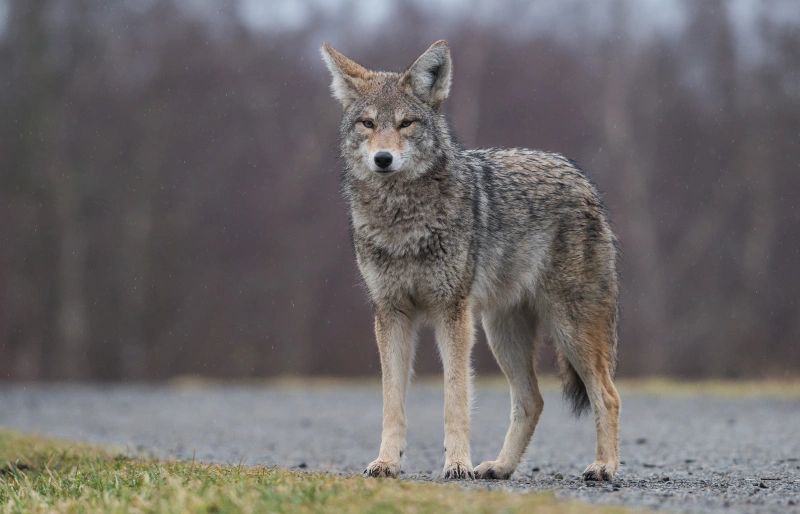What Kind of Dogs Are the Paw Patrol? All Their Dog Breeds Listed

Updated on
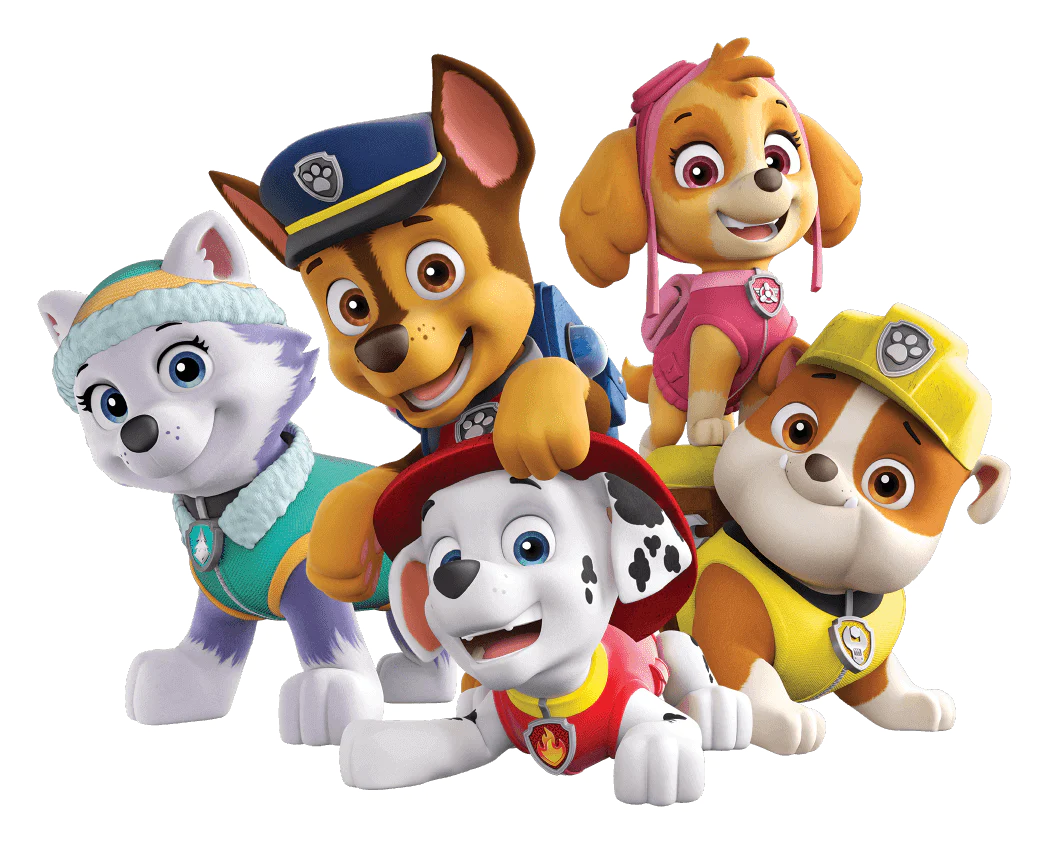
Do you have kids who love the Paw Patrol? If so, you’re probably familiar with the canine cast of characters who help keep Adventure Bay safe. But what kind of dogs are they?
Well, the answer is simple: Chase is a German Shepherd, Marshall is a Dalmatian, Everest is a Siberian Husky, Rubble is an English Bulldog, Rocky is a mixed-breed dog, Zuma is a Labrador Retriever, Tracker is a Chihuahua and Skye is a Cockapoo.
In this post, we’ll take a look at each of the eight main dogs on the Paw Patrol and discuss their breed and personality. We’ll also provide some fun facts about each dog!
The Paw Patrol Dog Breeds
1. Rubble: Bulldog
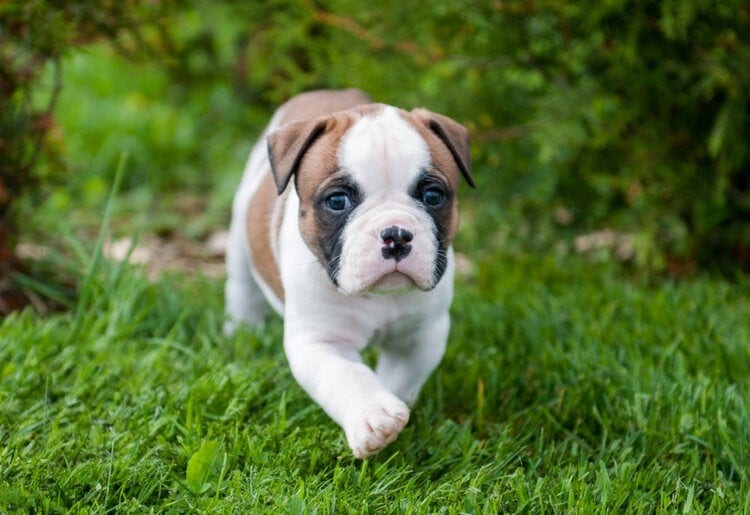
Rubble is a Bulldog who loves to dig. He’s also the clumsy one of the group, often accidentally causing problems that need to be fixed. But he always means well and is always ready to lend a paw.
Bulldogs In a Nutshell
| Size: | Medium |
| Weight: | 40–55 pounds |
| Activity Level: | Low to Moderate |
| Life Expectancy: | About 12 years |
| Intelligence: | Average |
| Temperament: | Affectionate, Loyal, and Stubborn |
- Bulldogs were originally bred for bull baiting, a popular blood sport in England in the 1500s. (Male)
- Female Bulldogs are smaller than male Bulldogs. Males typically weigh between 50 and 55 pounds, while females usually weigh between 40 and 50 pounds.
Do Bulldogs Make Good Family Pets?
Yes, Bulldogs make good family pets. They are gentle and affectionate with children and get along well with other pets in the home. However, they can be stubborn and may require some patience when it comes to training.
2. Marshall: Dalmatian
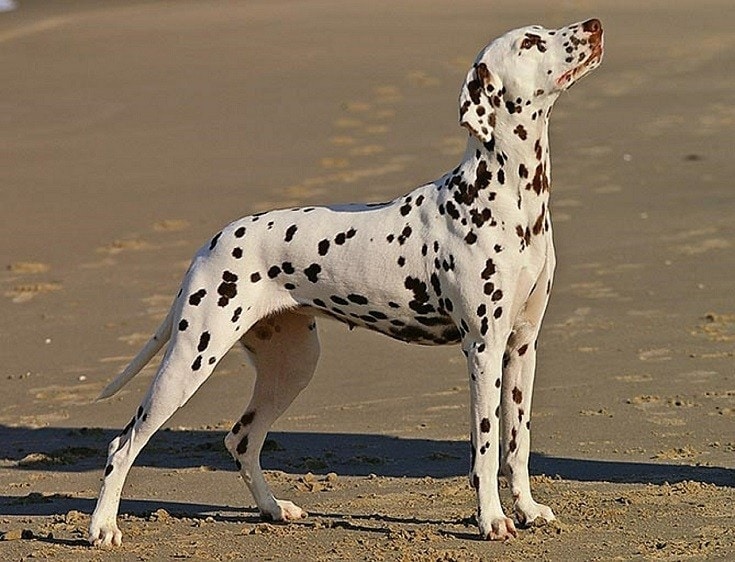
Marshall is a Dalmatian who loves fire trucks and cleaning up messes—even if he makes them himself! He’s always eager to help out and make sure everyone is safe.
Dalmatians In a Nutshell
| Size: | Large |
| Weight: | 50–70 pounds |
| Activity Level: | High |
| Life Expectancy: | About 11 years |
| Intelligence: | Above Average |
| Temperament: | Outgoing, Active, and Energetic |
- Dalmatians are born without spots. They usually start to develop spots around two weeks of age and continue to get more until they reach adulthood.
- Dalmatians are born deaf. They start to develop hearing around three weeks of age.
Do Dalmatians Make Good Family Pets?
Dalmatians can make good family pets, but they require a lot of exercise and may not be the best choice for families with small children. They also need to be trained early and consistently, as they can be stubborn. However, if you’re looking for an active and energetic dog, and you’re disciplined enough to provide regular training, they might be a perfect fit.
3. Chase: German Shepherd
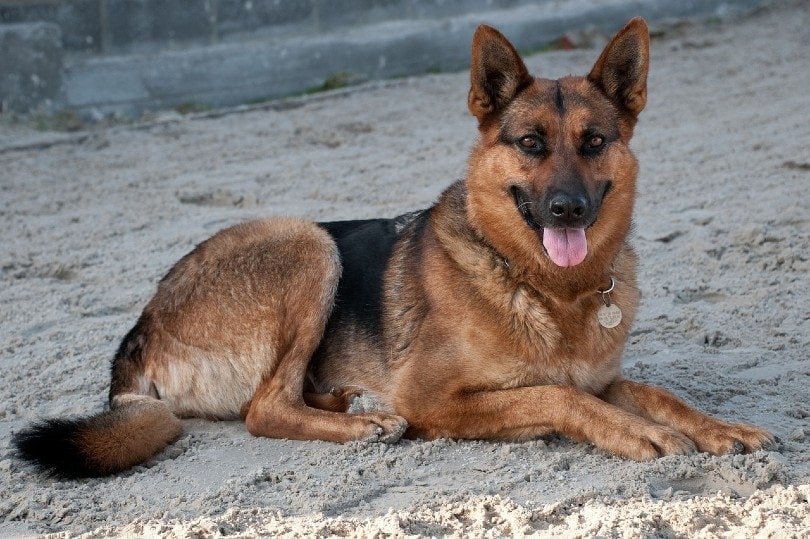
Chase is a German Shepherd who serves as the Paw Patrol’s lead police dog. He’s courageous and serious, but also has a fun side. He loves playing fetch with his Frisbee and going for runs.
German Shepherds In a Nutshell
| Size: | Large |
| Weight: | 50–90 pounds |
| Activity Level: | High |
| Life Expectancy: | About 12 years |
| Intelligence: | High |
| Temperament: | Loyal, Obedient, and Intelligent |
- German shepherds were originally bred in Germany in the late 1800s for herding sheep.
- German shepherds are one of the most popular dog breeds in the United States.
Do German Shepherds Make Good Family Pets?
German Shepherds can make good family pets, but they require a lot of exercise and may not be the best choice for families with small children. They are also very intelligent and need to be trained early and consistently to prevent them from becoming bored or destructive. However, if you’re looking for a loyal and obedient dog, they might be a perfect fit.
4. Rocky: Mutt
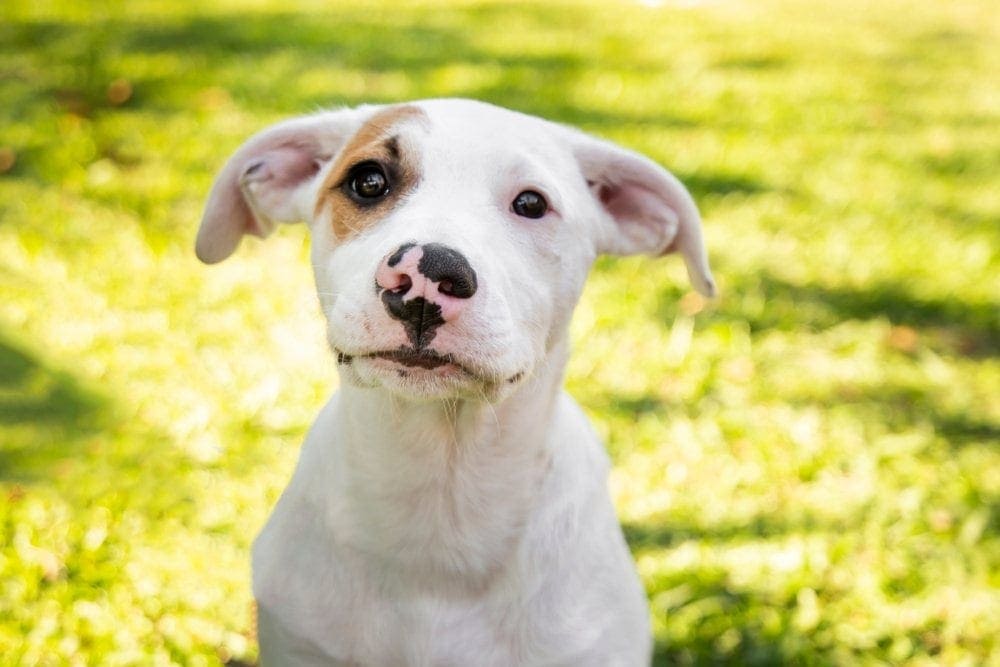
Rocky is a recycling-loving mutt who likes to fix things. He’s always ready to help out and loves to learn new things.
Mutts In a Nutshell
| Size: | Varies depending on the mix of breeds |
| Weight: | Varies depending on the mix of breeds |
| Activity Level: | Medium to high |
| Life Expectancy: | 12–15 years |
| Intelligence: | Average to high |
| Temperament: | Depends on the mix of breeds |
- Mutts are often healthier than purebred dogs because they have a more diverse gene pool.
- Mutts come in all shapes and sizes—there’s no one “type” of mutt.
Do Mutts Make Good Family Pets?
Mutts can make good family pets, but it’s important to consider the individual personalities and temperaments of each one before making a decision. They are often very intelligent and can be easy to train, but some may require more exercise than others.
5. Zuma: Chocolate Lab
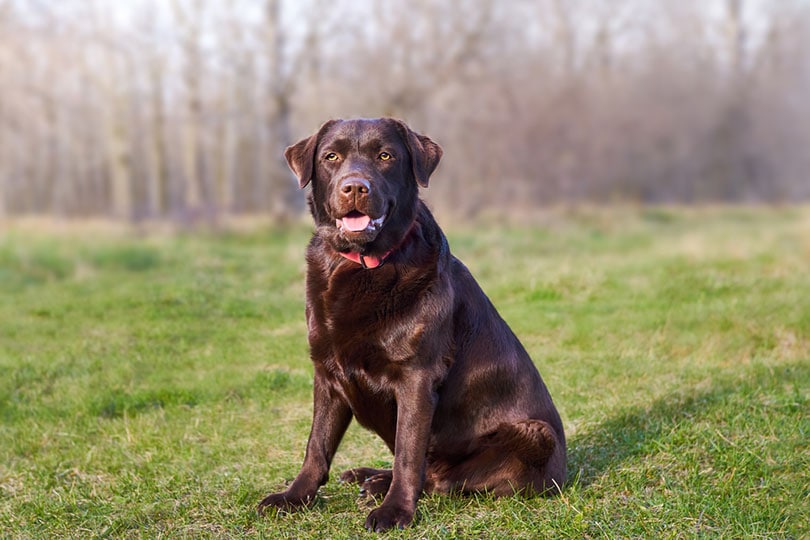
Zuma is a Chocolate Labrador Retriever who loves to surf and swim. He’s laid-back and easy-going, but also very brave when it comes to rescuing his friends.
Labrador Retrievers In a Nutshell
| Size: | Large |
| Weight: | 55–80 pounds |
| Activity Level: | Medium to high |
| Life Expectancy: | About 12 years |
| Intelligence: | High |
| Temperament: | Friendly, Outgoing, and Playful |
- Labradors are the most popular breed of dog in the United States.
- Labradors were originally bred in Newfoundland, Canada as working dogs, not Labrador as their name implies.
Do Labrador Retrievers Make Good Family Pets?
Labrador retrievers can make good family pets, but they require a lot of exercise and may not be the best choice for families with small children. They are also very friendly and outgoing, so they need to be trained early to prevent them from jumping on people or becoming too playful.
6. Skye: Cockapoo
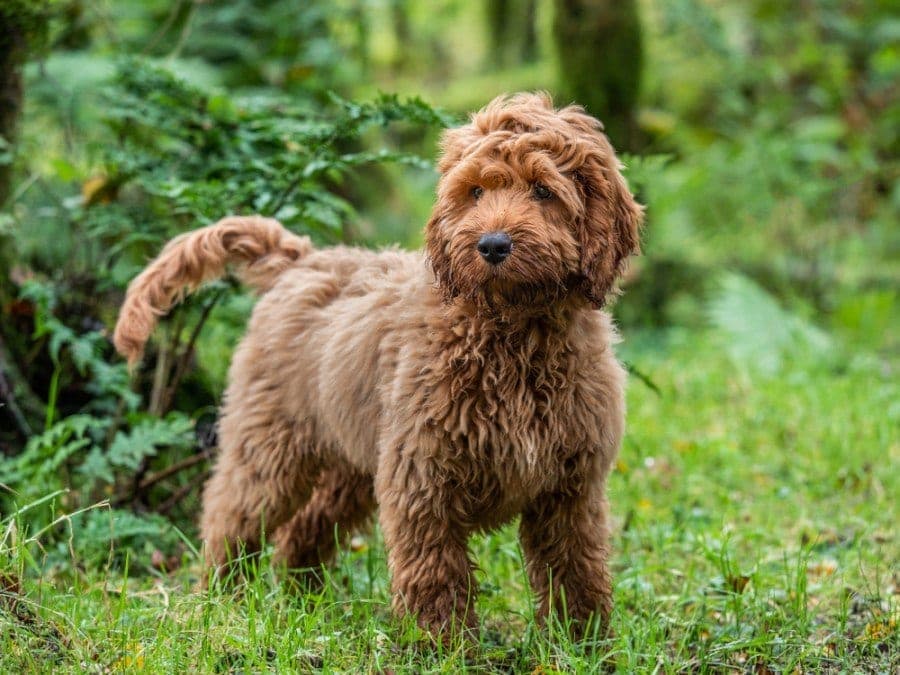
Skye is a Cockapoo who loves to fly her helicopter and help out her friends. She’s adventurous and daring, but also sweet and caring.
Cockapoos In a Nutshell
| Size: | Small to medium |
| Weight: | 15–30 pounds |
| Activity Level: | Medium |
| Life Expectancy: | 12–15 years |
| Intelligence: | High |
| Temperament: | Affectionate, Playful, and Loyal |
- Cockapoos are a cross between a Cocker Spaniel and a Poodle.
- Cockapoos come in a wide range of colors, including black, brown, white, cream, apricot, and red.
Do Cockapoos Make Good Family Pets?
Cockapoos can make good family pets, but they require some exercise and may not be the best choice for families with small children. They are also very affectionate and loyal, so they need to be trained early to prevent them from becoming too needy or attached.
7. Everest: Siberian Husky
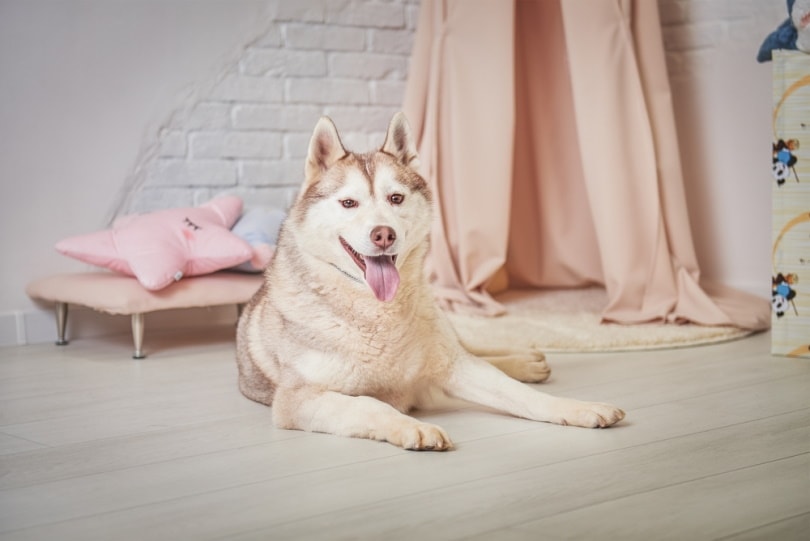
Everest is a Siberian Husky who loves to snowboard and help out her friends. She’s brave and fearless, but also sensitive and loving.
Siberian Huskies In a Nutshell
| Size: | Medium to large |
| Weight: | 35–60 pounds |
| Activity Level: | High |
| Life Expectancy: | 12–14 years |
| Intelligence: | Above average |
| Temperament: | Independent, Playful, and Affectionate |
- Siberian Huskies were originally bred in Siberia as working dogs.
- Siberian Huskies are known for their blue eyes and thick fur coats.
Do Siberian Huskies Make Good Family Pets?
Siberian Huskies can make good family pets, but they require a lot of exercise and may not be the best choice for families with small children. They are also very independent, so they need to be trained early to prevent them from becoming too aloof or detached.
Conclusion
So, what kind of dogs are the Paw Patrol? They’re a mixed bunch, that’s for sure! But one thing they all have in common is their bravery, loyalty, and love for adventure. If you’re looking for a family pet, any one of these breeds could be a good choice—just be sure to take into account their individual personalities and needs.
See Also:
Featured Image Credit: Characters by Guru Animation Studio Ltd., Spin Master Ltd. All rights reserved to the copyright owners.




